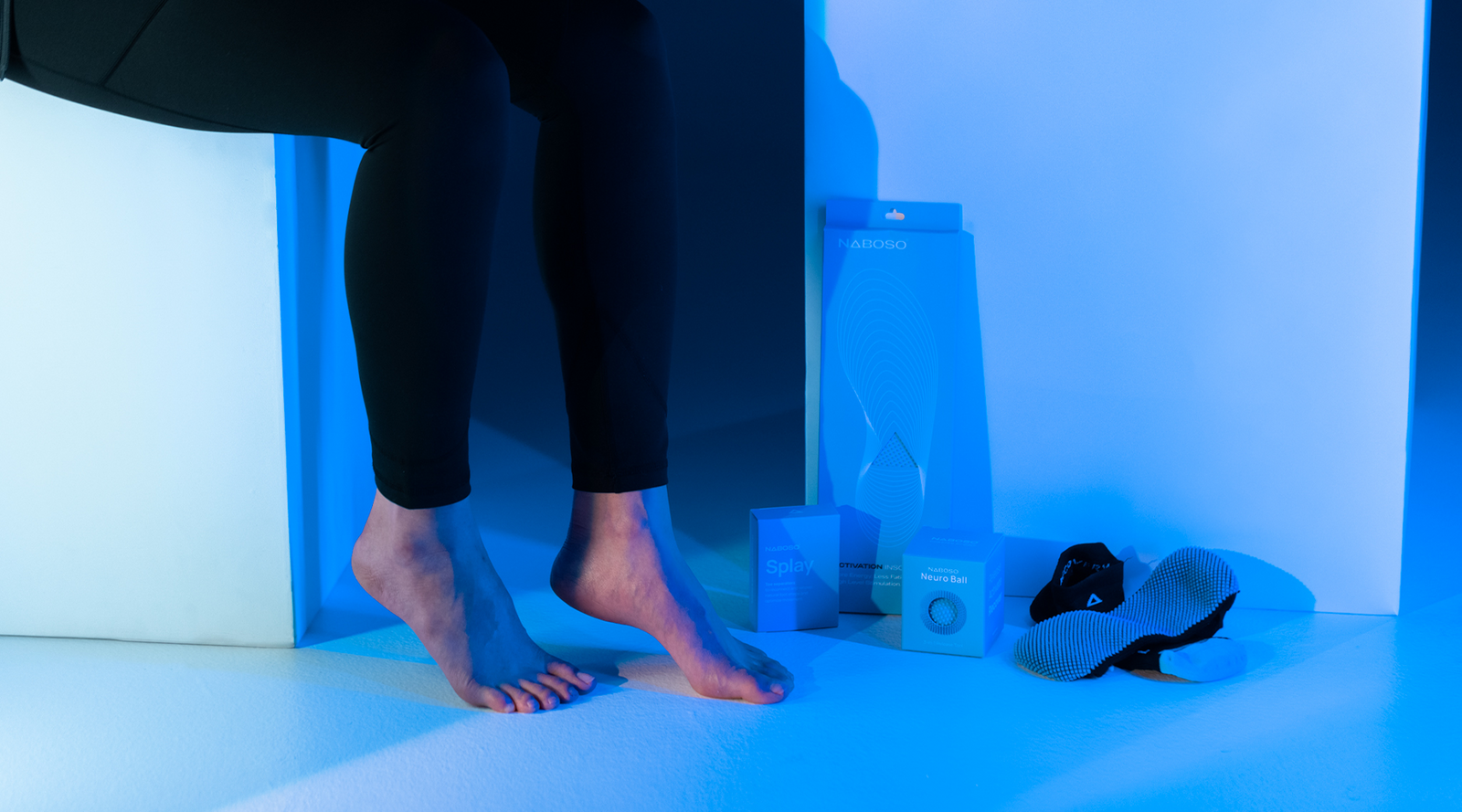Tackle Heel Pain with Texture

Plantar fasciitis is a common foot condition that affects over 2 million people a year worldwide. It is characterized by inflammation and irritation of the plantar fascia which is a thick band of tissue that runs along the bottom of the foot, connecting the heel bone to the toes.
Individuals with plantar fasciitis typically complain of heel pain; usually located near the origin of the plantar fascia which is the bottom center of the heel bone.
The pain and discomfort associated with plantar fasciitis can significantly impact daily activities and overall quality of life. While various treatments are available, taking a sensory, or textural, approach to healing heel pain can be a game-changer in addressing this condition.
In this blog post, we will explore what plantar fasciitis is, its causes, and why a sensory-focused solution can be highly effective in managing and resolving foot pain.
What is Plantar Fasciitis
The plantar fascia plays a crucial role in supporting the arch of the foot and absorbing impact forces during walking, running, and other weight-bearing activities.
When this tissue becomes overstressed or stretched, it leads to micro-tearing of the collagen fibers, which triggers a repair response. If this repair response is not managed well it can ultimately lead to the sharp heel pain we identify as plantar fasciitis.
Common symptoms include:
- Stabbing pain in the heel or arch of the foot
- Post-static dyskinesia or pain after a period of rest
- The pain may subside with movement but can worsen after prolonged activity or standing
Causes of Plantar Fasciitis
Although anyone can develop plantar fasciitis there are several factors which contribute to the development of plantar fascia stress and heel pain.
These include:
- Overuse and excessive impact forces
- Foot type, especially high arches or flat feet
- Improper footwear
- Older age and being overweight
The Sensory Solution
While traditional treatments for plantar fasciitis focus on reducing inflammation, pain management, and stretching exercises, a sensory approach offers a unique, holistic perspective in addressing the root causes and providing effective relief.
Naboso provides sensory-based interventions which aim to enhance foot muscle activation, circulation and soft tissue recovery. Our products feature a patented texture or a two-point discrimination pattern which has been demonstrated in research to improve nerve stimulation and micro-circulation.
From morning, noon, to night the Naboso Recovery Collection can help you combat your heel pain.
In the Morning
Start with a Neuro Ball foot release for 5 minutes when getting ready in the morning. This is a great way to improve blood circulation, relieve muscle tension, and promote healing of the plantar fascia.
During the Day
Put the Activation Insoles in your shoes to ensure your feet stay strong and connected. These insoles will stimulate the nerves in the feet, enhancing proprioception and improving foot mechanics. Keep that foot connection throughout your entire day!
At Night
Slide on the Naboso Splay to stretch and splay the toes! This is an incredible way to open up the foot and release tension from the plantar fascia. Wearing the Splay for a minimum of 30 minutes at the end of day will give you that perfect foot reset.
All of these products can be purchased separately or together in the Naboso Recovery Kit for the best treat for your feet!
Conclusion
Plantar fasciitis can be a debilitating condition, but a sensory-focused solution offers a promising approach to managing and healing foot pain. By incorporating sensory intervention tools, targeted exercises, and mindful practices, you can enhance proprioception and ease the pain!